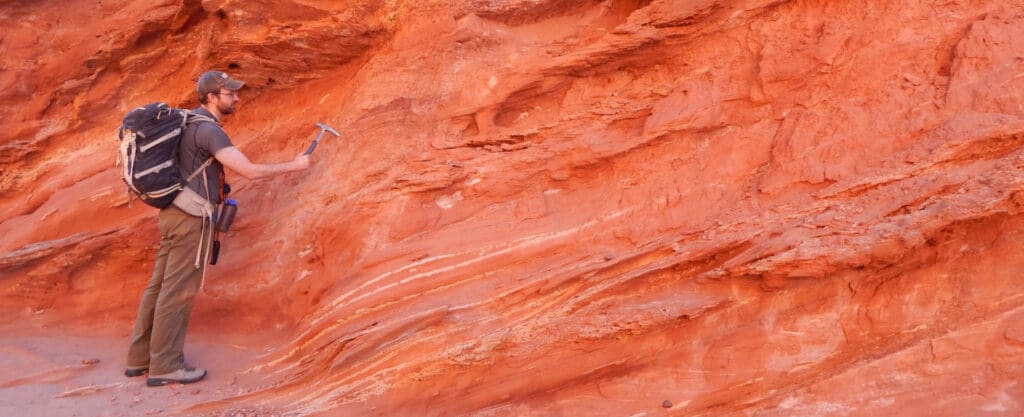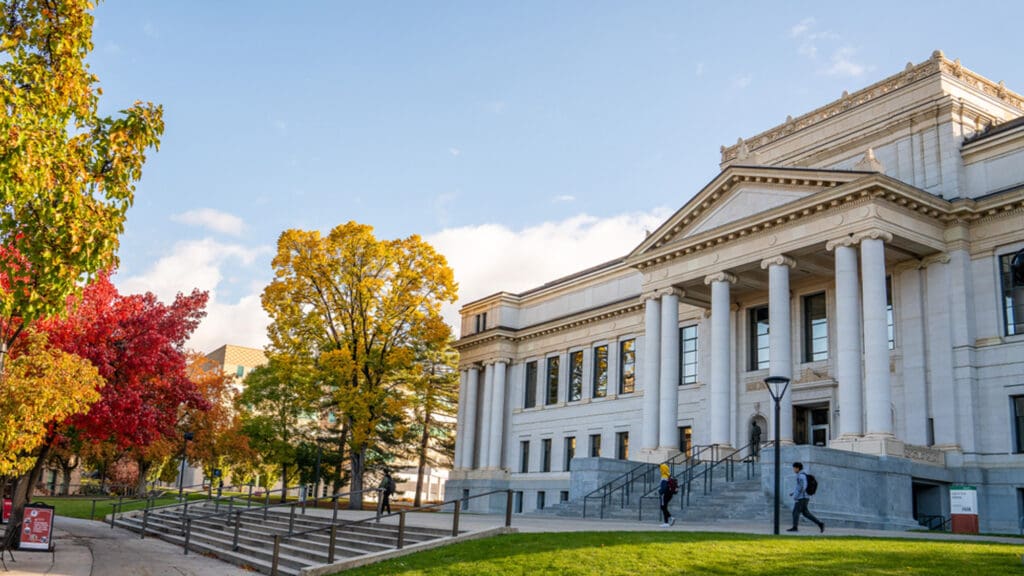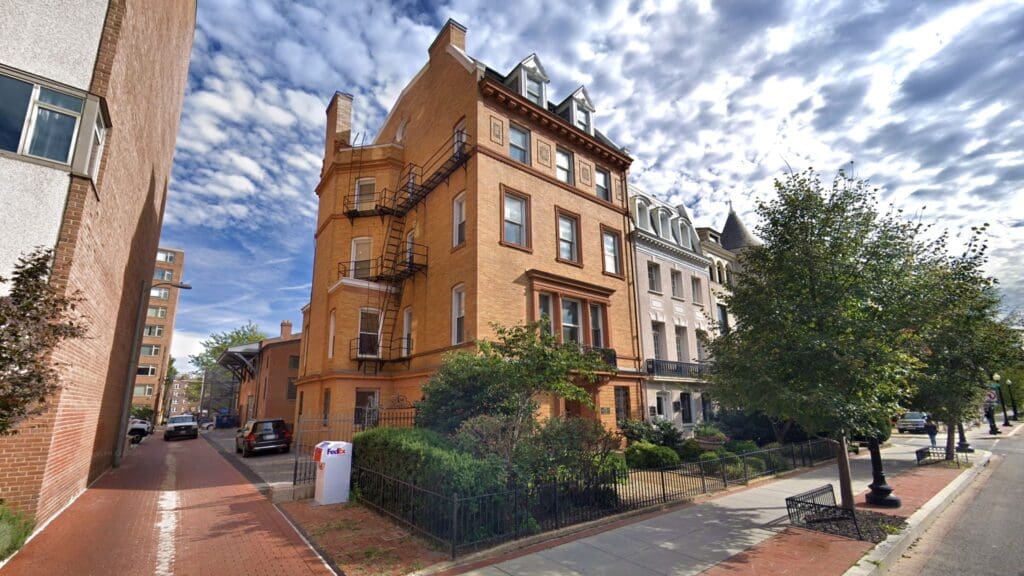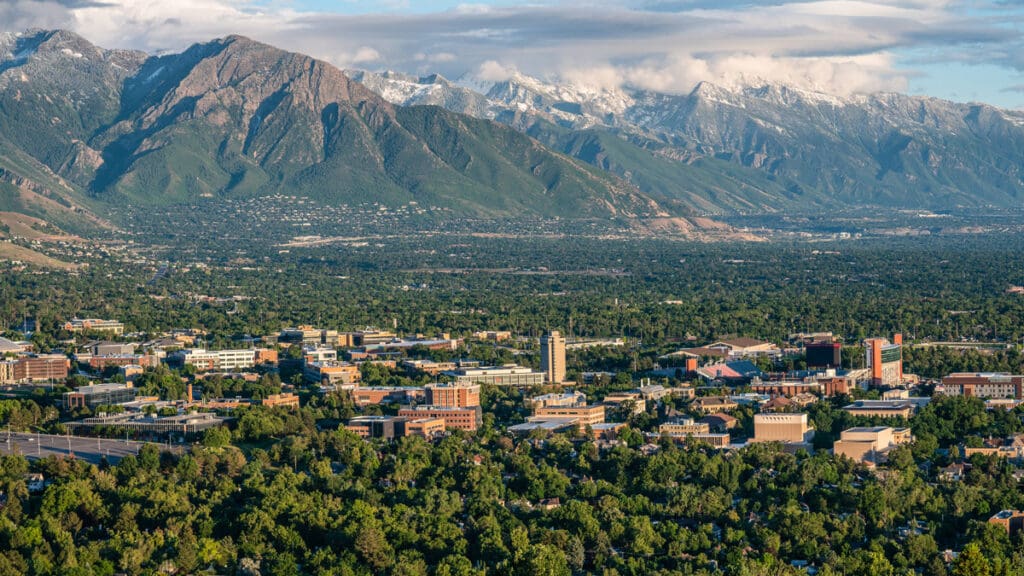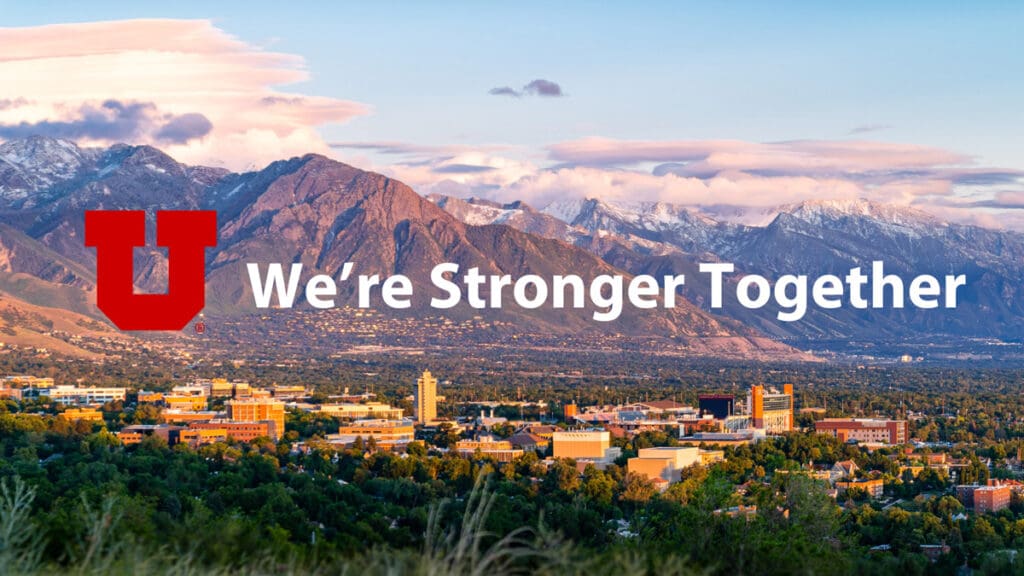July 25, 2023
Art is for All
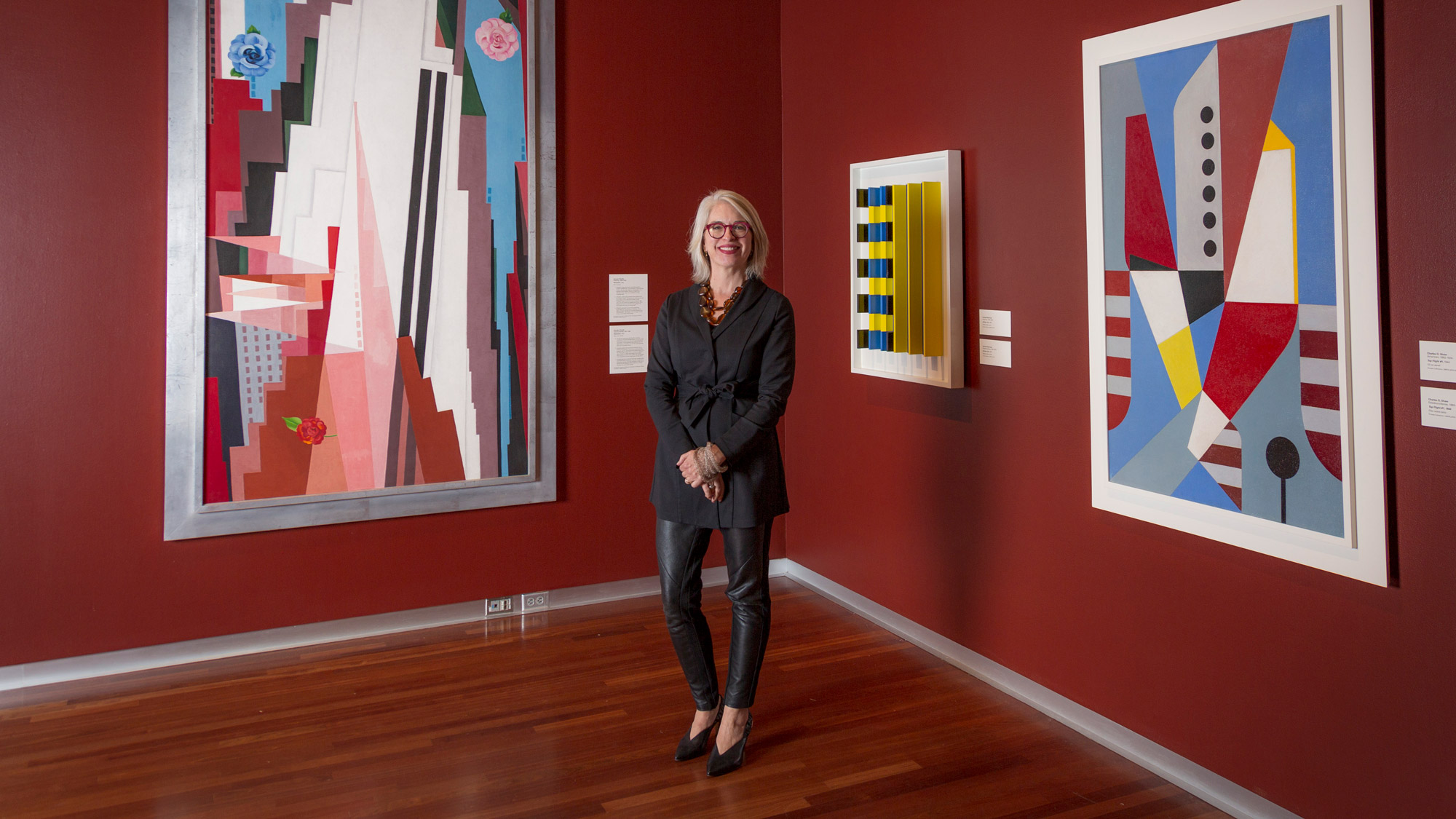
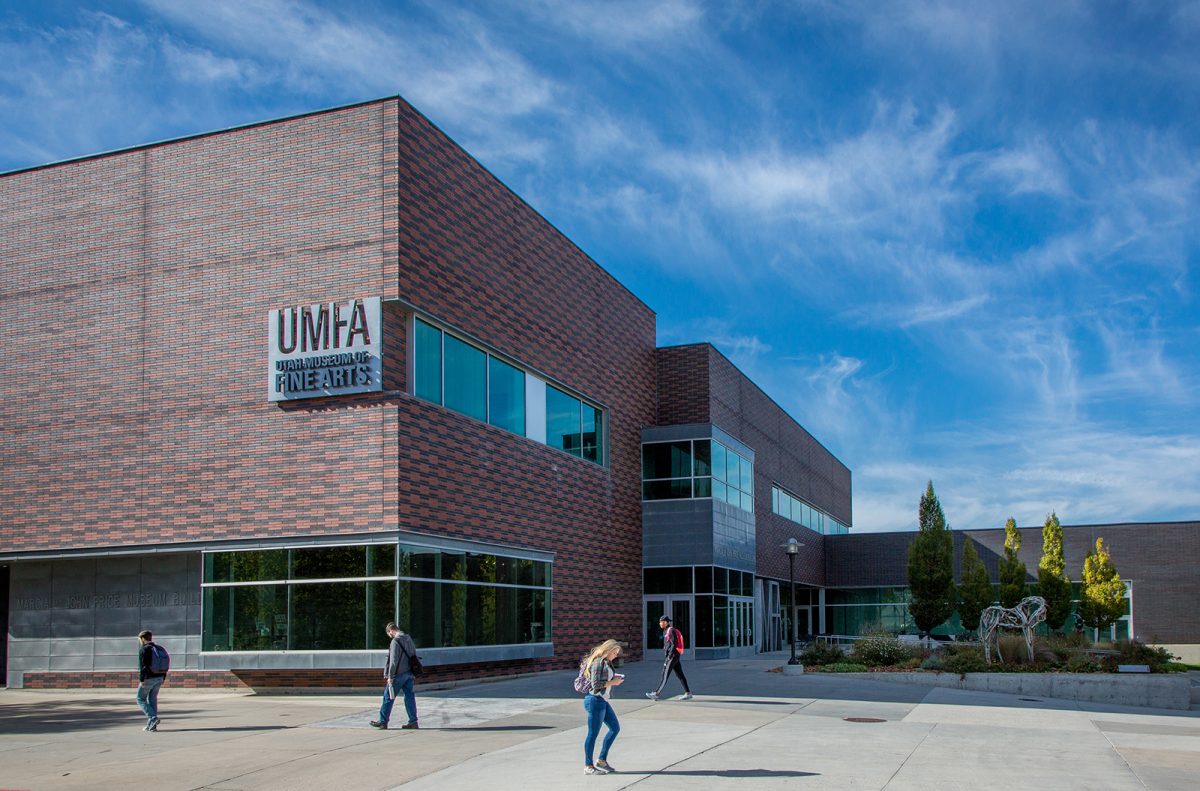
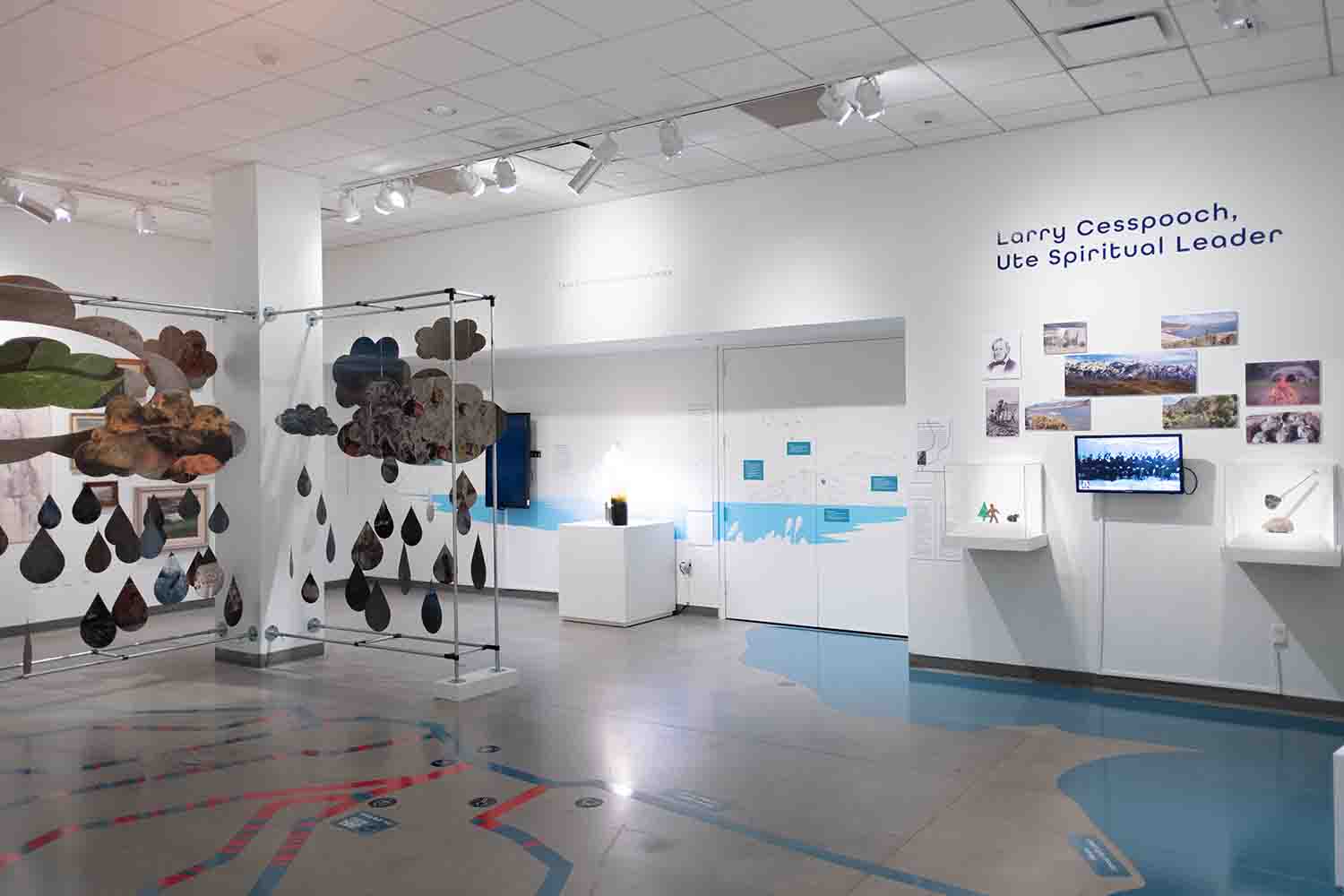
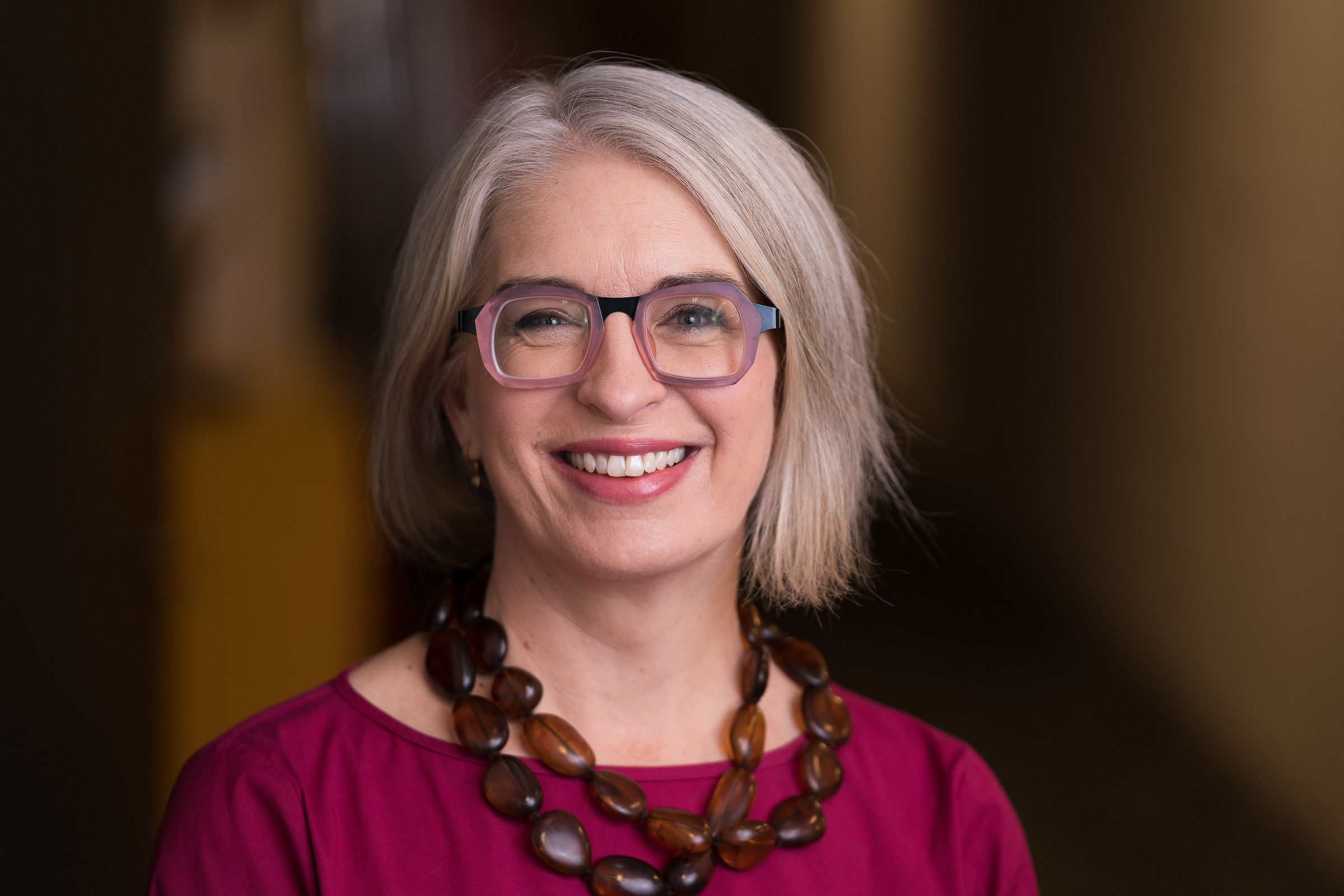
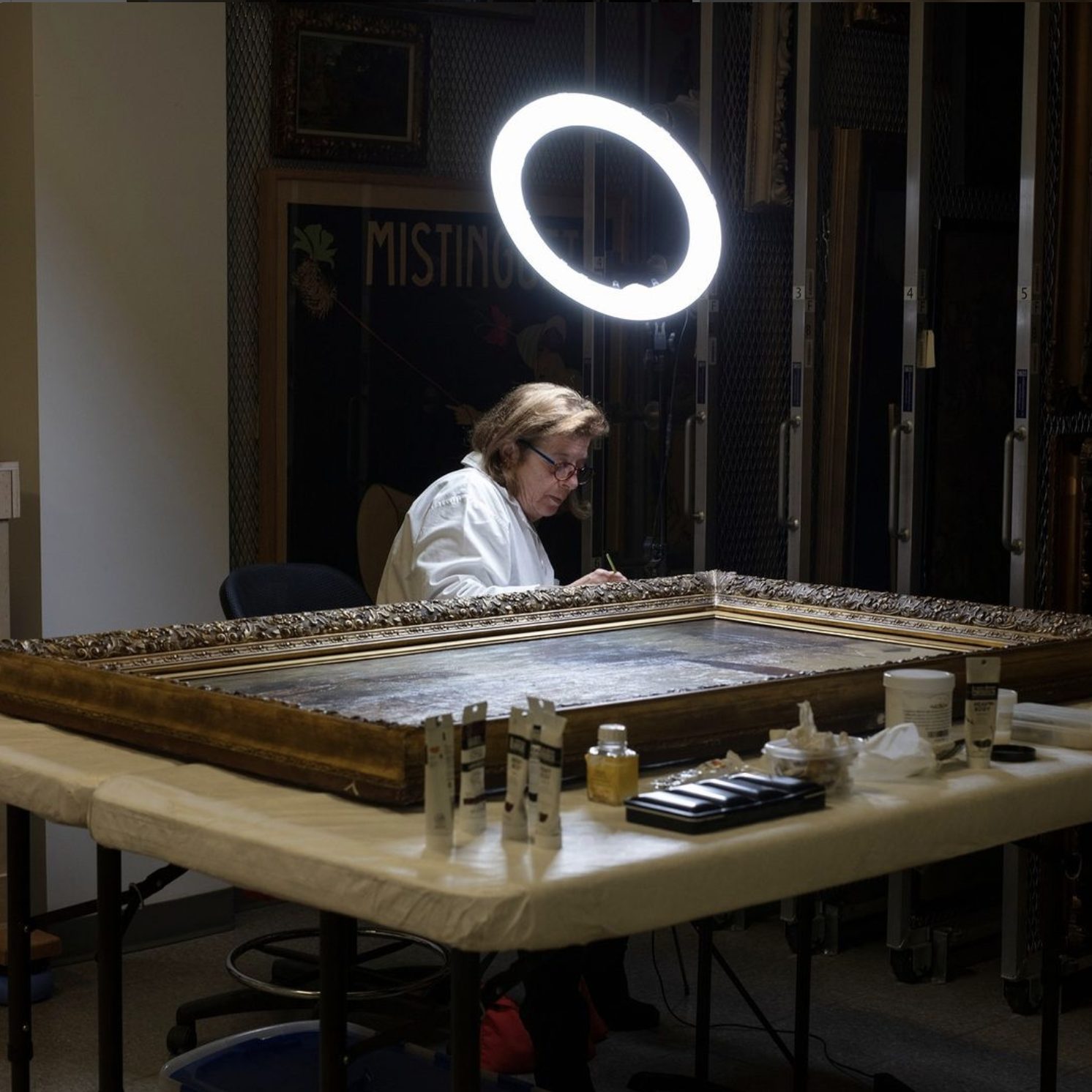
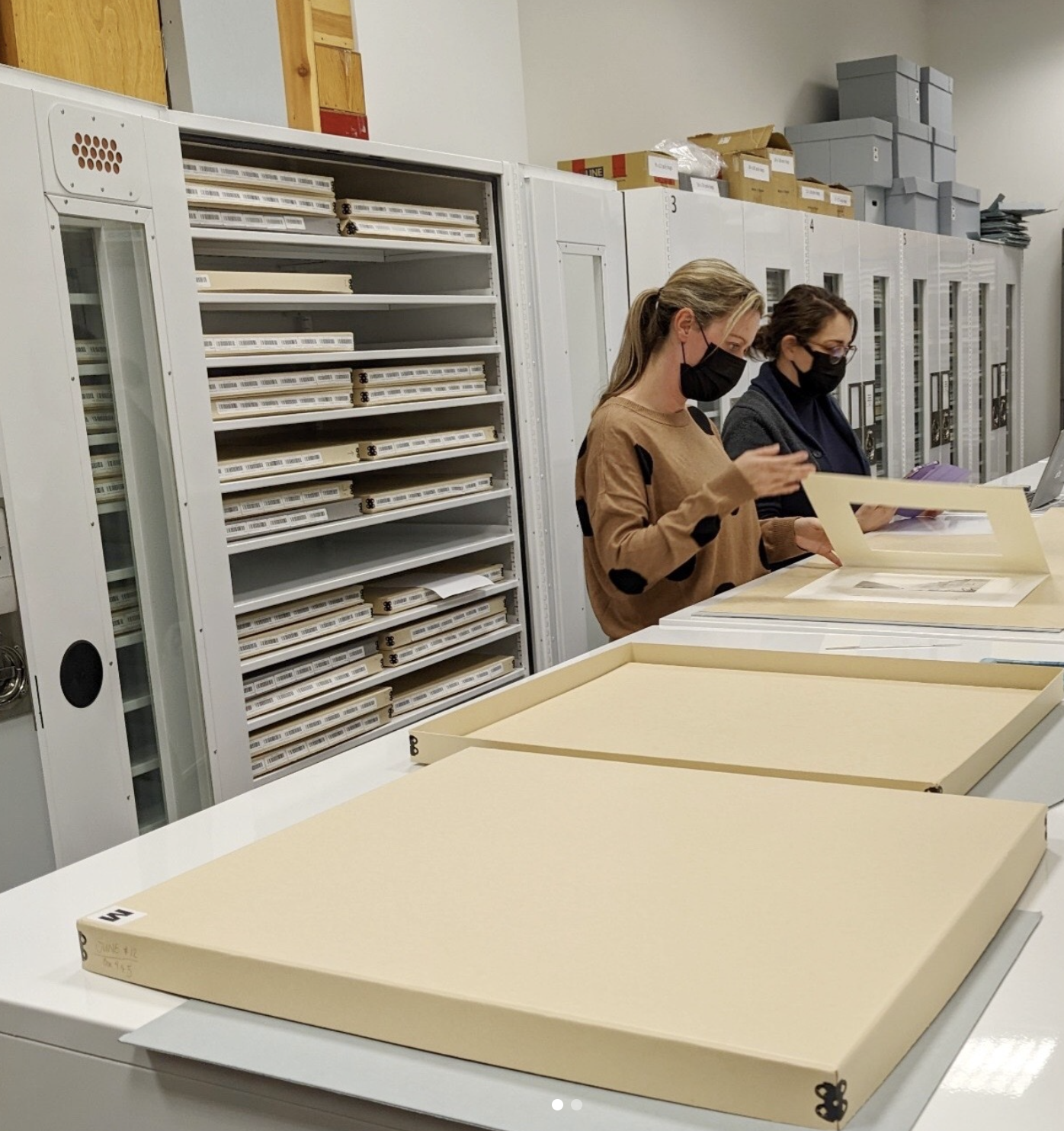
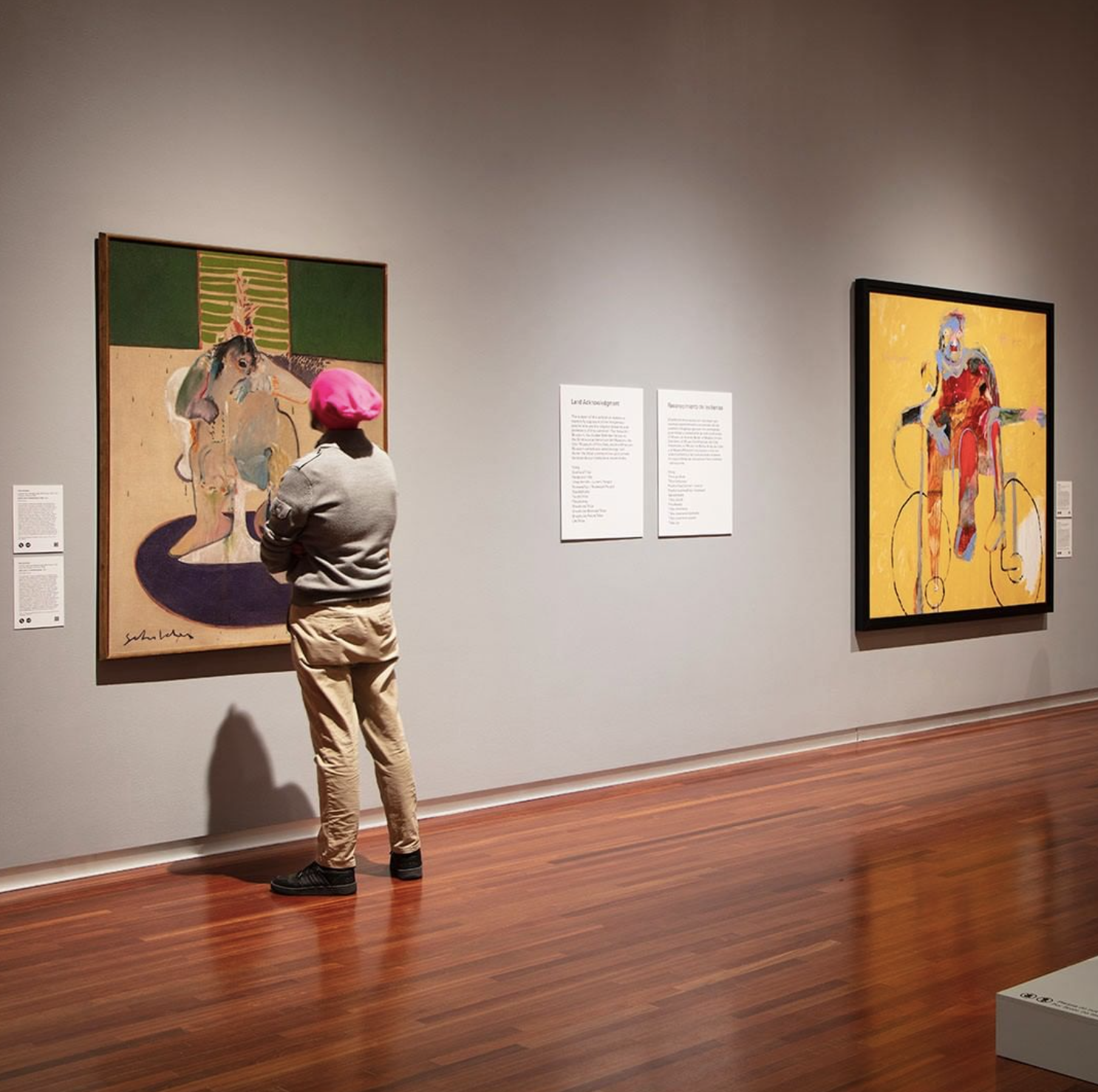
Gretchen Dietrich wants everyone to feel welcome at the Utah Museum of Fine Arts
The Utah Museum of Fine Arts (UMFA) is working hard to meet people where they are and engage them in the wonder of art in a whole new way.
Trained as an art historian and a lifelong art museum professional, Gretchen is committed to helping break down both the stigmas and barriers associated with the artworld. So it’s important to her that the U’s art museum serves the entire community—the campus, the city, and the state of Utah as a whole.
“We’re working really hard to create an environment that is truly welcoming to everyone,” Gretchen says.
As executive director of UMFA, Gretchen aims to make the museum and the collections it houses feel more accessible by helping community members see themselves as part of the art—no degree or previous artworld experience required.
“Art is wonderful because it is all about you in that moment—who you are, how you’re feeling, what you’re thinking, what you’re looking for. Through the arts, we’re able to connect to ourselves in new and very important and meaningful ways. And we’re certainly able to connect to other people, new ideas, and different ways of thinking about the world and the human experience,” Gretchen says. “The museum is such a magic and important space on our campus where we’re all able to do that.”

There has been a collection of fine art on the university campus since 1914. Now the UMFA’s collections are on display inside the Marcia and John Price Museum Building on the southern part of campus, where visitors can explore a world-class collection of 21,000 of art that spans nearly 5,000 years of human history.
Permanent collections include works from Europe, the Americas, ancient Egypt, Rome, and Greece, as well as art from the Pacific Islands and Africa. The museum also boasts an excellent collection of global modern and contemporary art.
Gretchen says that part of connecting the community to art at the UMFA is being more intentional in how they do that work. When deciding what pieces go on display, this means authentically representing the community by welcoming more artists from different backgrounds.
“More women, more people of color—people who are making art in relationship and connection to our community right now,” Gretchen says.
Gretchen has spent her storied career immersed in the intersection of art, museum, and community. In addition to her experience at UMFA, she has served as executive director of the Utah Museums Association and was director of education at the Wadsworth Atheneum Museum of Art in Hartford, Connecticut.
With an MA in art history from Temple University, Gretchen has held positions in museum education, public programming, and exhibition planning at the Isabella Stewart Gardner Museum in Boston and the Philadelphia Museum of Art.
In the world of art, she wears a lot of hats. But she considers herself an educator first and foremost.
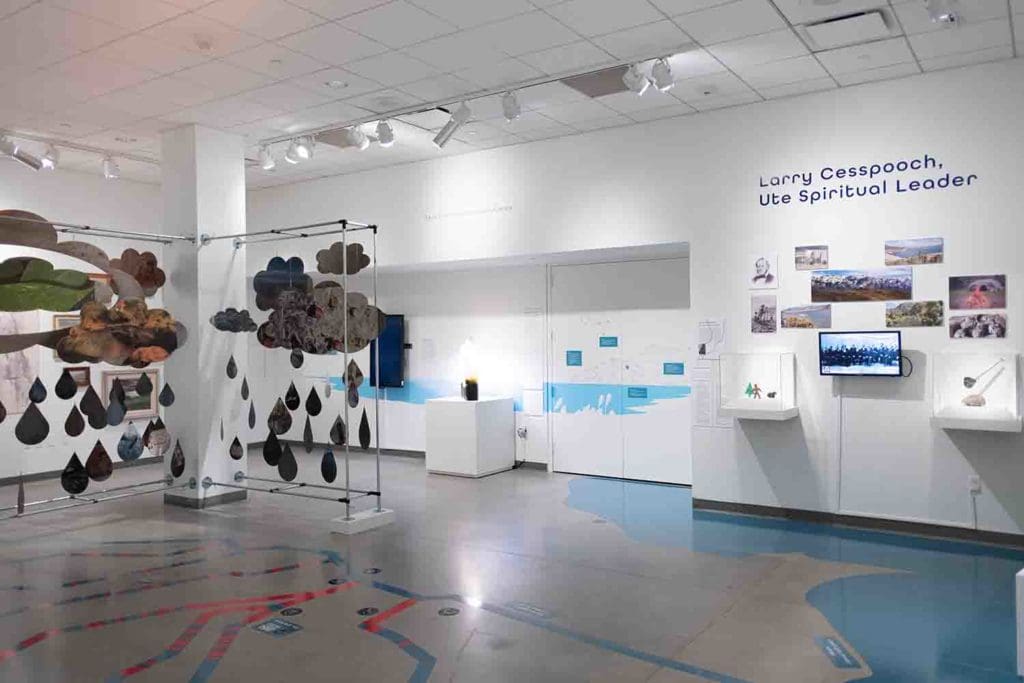
“I started my career teaching children in art museums, working with educators, and ensuring that the art museum was a welcoming and vibrant place for teachers and learners,” she says.
“Now I’m still teaching, but I teach a different community of people. I spend a lot of time with wonderful people who want to learn how they can support something they’re passionate about—the amazing work of the UMFA. These people want to give back and recognize the many ways in which the UMFA enriches the quality of life on our campus and in our community.”
At the Utah Museum of Fine Arts, giving back is essential to strengthening the museum’s relationship with faculty and students through its role as a university museum, and with the community at large as the state’s official art museum. In fact, more than half of the museum’s operating budget each year comes from donors.
“The UMFA is incredibly lucky to have long-standing relationships, as well as lots of new relationships, with people who care about art, ideas, and community. Who care about making great art accessible to people in the region,” she says. “Without these amazing people and their generosity, we simply wouldn’t be able to do what we do.”
